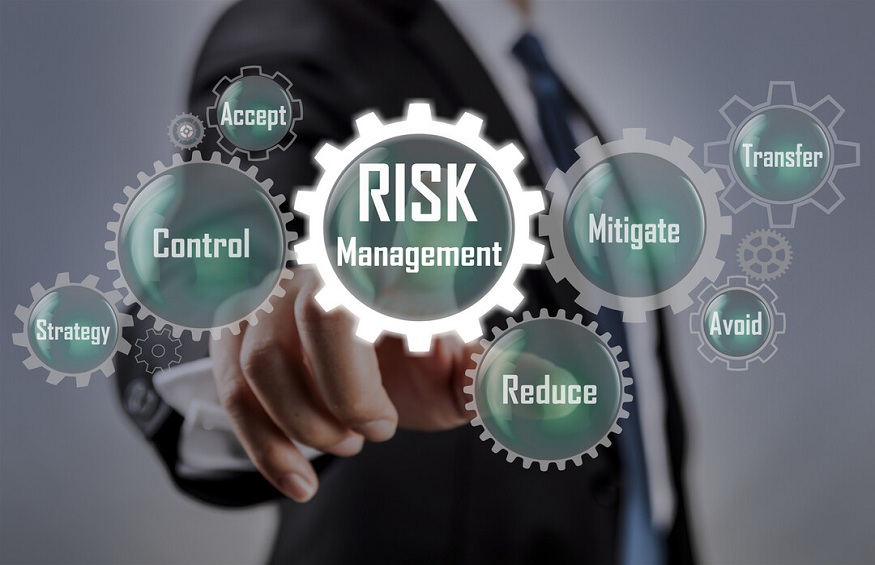Many projects, and not just in IT, fail every year simply because a risk was misassessed, ignored, or worse, unidentified. When a problem arises, since it was not anticipated, implementing a solution can be particularly complex and time-consuming. The consequences can then be dramatic for the rest of the project. The implementation of a method associated with the right risk management tools will make it possible to avoid encountering this type of problem and to successfully lead the project to completion.
What is “risk management”?
Risk management consists of identifying and evaluating potential risks that could jeopardize the smooth running of a project . Once listed, the risks are prioritized according to their nature, the probability that a related event will occur, and the impact that the latter would have on the project.
The other aspect of risk management consists of minimizing the probability that an identified risk could lead to an incident. There is always uncertainty about a potential incident, because it is very complicated to control everything. Nevertheless, the level of uncertainty must be controlled and brought to a minimum.
If the risk factor and its probability must be controlled, so must its impact. The consequences of an incident linked to an identified risk must be precisely assessed in order to measure its seriousness. Depending on the potential seriousness of an incident, a backup plan may be put in place. It will describe the actions to be implemented in order to prevent the incident concerned from having a negative and lasting impact on the progress of the project.
What are the different risks encountered during a project?
In order to identify the risks inherent in a project, one must ask the question “ What are the weak points of my project ”? Overall, it is possible to identify five major families of risks:
- Risks specific to project management
- Legal risks
- The risks concerning the respect of the schedule
- Human risks
- Technical risks
Risks related to project management can come from poor organization (the roles are not clearly identified, several people are assigned to the same task, insufficient involvement of the team and/or the client) or from a poor choice of person (an inexperienced project manager for an important or risky project, for example).
Legal risks concern all parties to whom you are contractually bound. Typically, it may be a supplier who is unable to meet its commitments in terms of delivery of hardware or software or a co-contractor or sub-contractor who ultimately cannot provide the agreed human resources.
The risks of non-compliance with the schedule are often linked to a poor estimate of the duration of execution of the tasks upstream. Slippages in the progress of the schedule can also be linked to other risks (technical, human, etc.).
Human risks include everything that affects the management of the project’s human resources. In particular, they take into account the illnesses, or even the deaths, of certain key players in the project, the reallocation of resources to other projects (and therefore the reduction in the performance capacity of the current team) or even the lack of skills of the team possibly requiring training.
Finally, the technical risks are linked to the programming languages, technologies and software chosen for the project, but which are not yet mastered by the entire team. The risks concern both the slowness of carrying out the tasks and the errors in terms of architecture that may be made due to insufficient knowledge of the domain concerned.
How to prevent risks?
Once the risks have been identified, it is possible to implement a certain number of preventive actions in order to maintain control and reduce the possible undesirable effects if an incident occurs.
To limit the risks associated with the management of the project itself, the first thing to do is to properly train the manager(s). They must not only perfectly master project management techniques used, but also the software used. These conditions met will at least eliminate the risk related to the effectiveness of the managers. Another significant risk concerns the estimate of the costs of carrying out the various tasks, because it can lead to a shift in the schedule if it is incorrect or incomplete. This exercise is always complex and it is often interesting to be able to draw on experiences from other similar projects. The involvement of members of the team if it is already constituted, at least in part, can help to refine the estimates. Using previous estimates for similar or close functionalities and involving the project team to refine them should therefore make it possible to obtain a relatively reliable estimate.
Legal risks must be taken into account by the legal department. It is his role to ensure the content and compliance with the contracts that bind you to your potential suppliers and subcontractors.
To limit the human risks, it is necessary to ensure that the members of the development team are not specialized but on the contrary as versatile as possible. In this way, if a person is absent, his work can be taken over by any of his colleagues. However, if it is necessary to call on experts or specialists for specific tasks, it would be necessary to provide backup developers, with the same profile and the same skills. They would only be called upon in the event of a prolonged absence of a resource, so as not to penalize the project.
Finally, to limit the technical risks, it is important to carry out an audit of the skills of the team members. The result will make it possible to identify weak points and possible training needs.
What are the risk management tools?
There are several risk management methods that can be applied to an IT development project. You have to be pragmatic, and choose the one that suits you best and that will be the most suitable for your project.



















+ There are no comments
Add yours